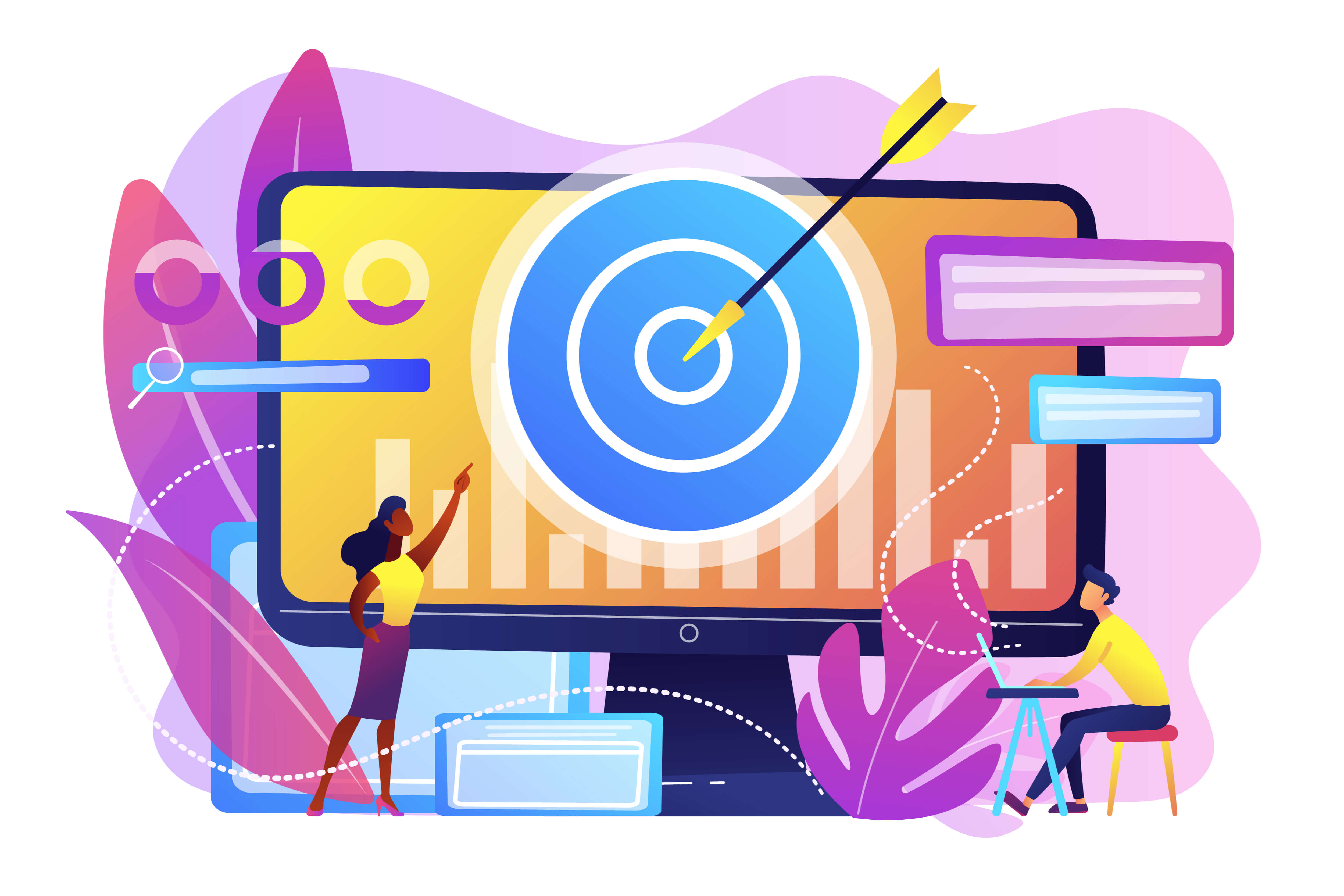Want a heads up when a new story drops? Subscribe here.
For all marketing and commerce trends that come and go, some principles are here to stay. Customer-centric strategy is one such principle and organizational mindset that drives success. When businesses are focused on customers and their unique needs, they engage with them with a great level of precision. Personalization gives marketers the opportunity to deliver impacting messages and one-to-one experiences that are tuned to the individual customer.
Table of Contents
Hyper-Personalization Place in Your Marketing Strategy
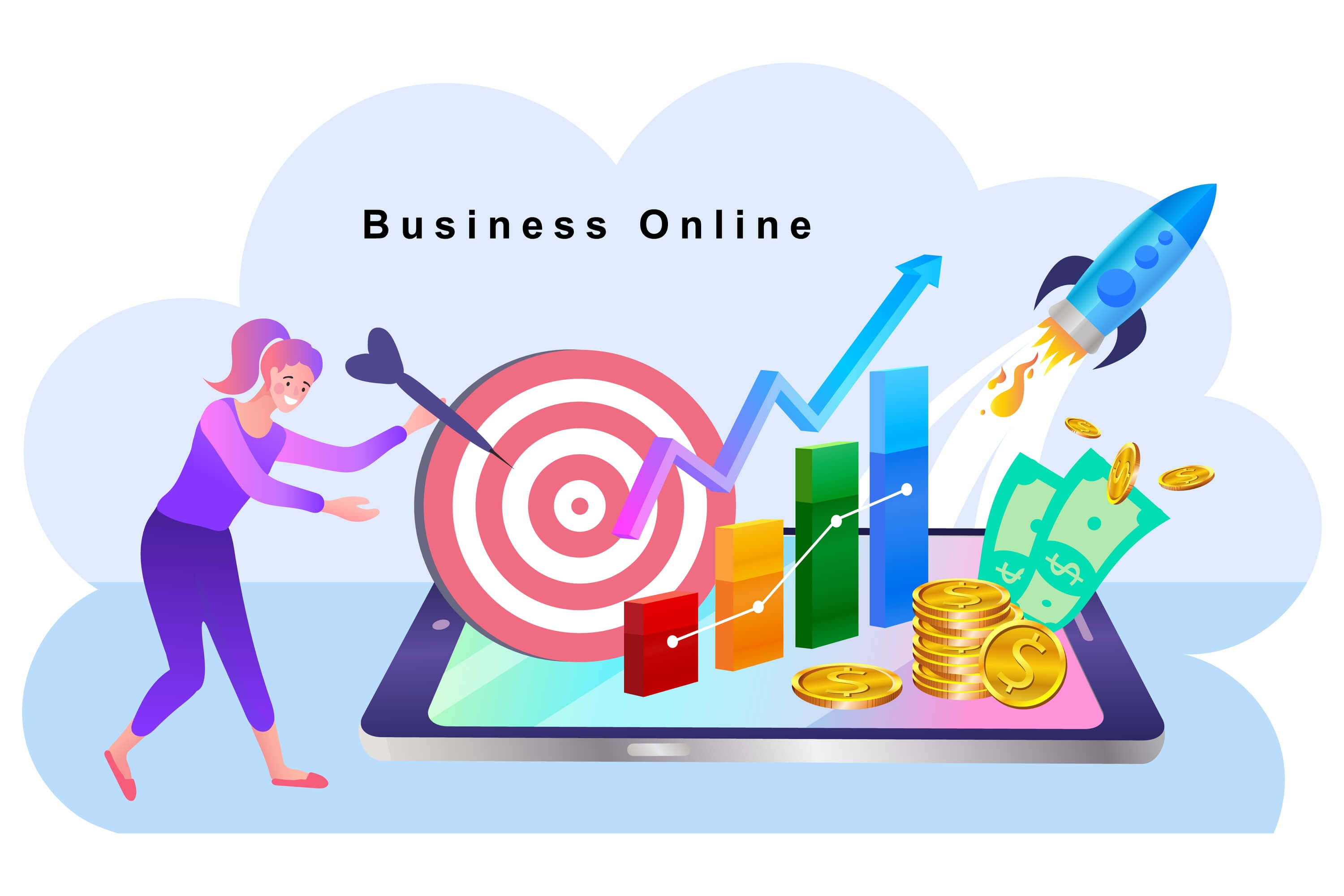
Hyper-personalization, which leverages IoT, machine learning, and AI, is a step forward and involves the customization of content and offerings based on behavioral profiles. It enables businesses to create unique touchpoints and optimize journeys.
Using data on customers’ past and current behavior enables businesses to utilize customer-centric tactics, anticipate and meet expectations as they evolve. Leveraging both qualitative and quantitative data allows marketers to stay on top of changes in needs and interests and fine-tune their messages.
This approach is especially relevant to B2B as C-level customers expect tailored personalization. It allows companies to engage with B2B buyers at every stage of the journey and craft ultra-relevant offers.
Targeting customers with hyper-personalized messaging and meaningful content, at the best time possible, is crucial to success. So, what type of data do marketers need and what do personalization strategies involve from the B2B perspective?
Types of Consumer Data
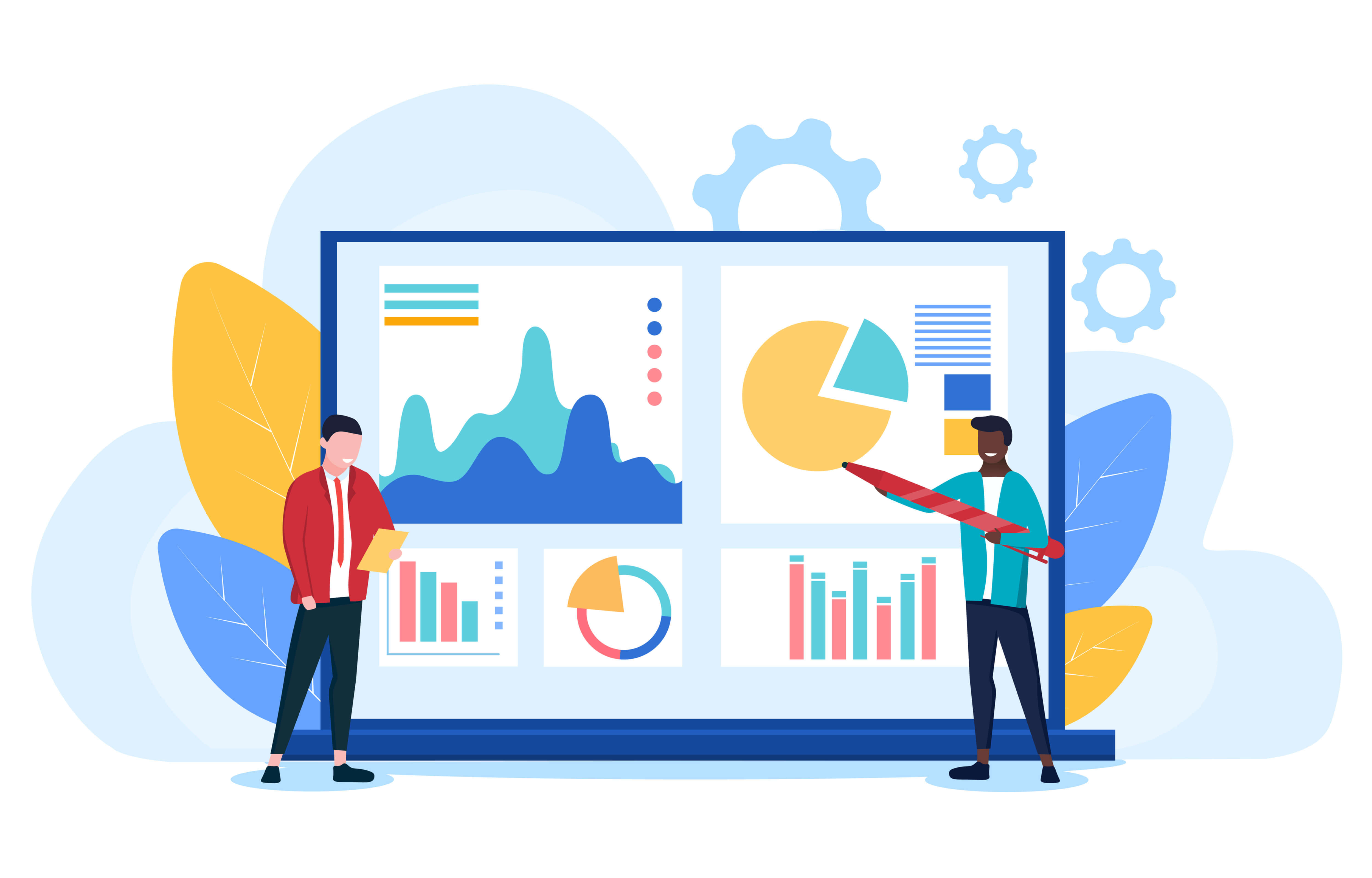
When crafting customer-centric content and messaging, there is no such thing as too much data. The more you know about prospective customers, the better the chances to engage with them just at the right moment. But generally speaking, the two types of data you need, whether dealing with B2B or B2C consumers, are qualitative and quantitative.
Quantitative data includes things like interactions with customer service, social media contacts with the company, and transactional, personal, and website activity data. Sources include both historical data and data collected in real-time.
Qualitative data offers insights into the customers’ feelings, motivations, and needs. Sources may include post-interactions questionnaires, product reviews, surveys, in-depth interviews, and focus groups. Generally, qualitative research involves unstructured questions and observation. An example of qualitative data would be “30 % of people like different toppings on their pizza”.
When collecting qualitative data, your main focus is motivation and customers sharing things like: “I like a variety of toppings for my pizza – pepperoni, sausage, and cheese but my husband and children have very simple tastes. So, I usually make a cheese and tomato pizza”.
Both qualitative and quantitative data enable marketers to segment prospects into categories that reflect similarity. Such categories can be, for example, average spend, location, demographic data, purchase history, brand interaction history, and satisfaction level.
Using AI for Data Collection and Analysis
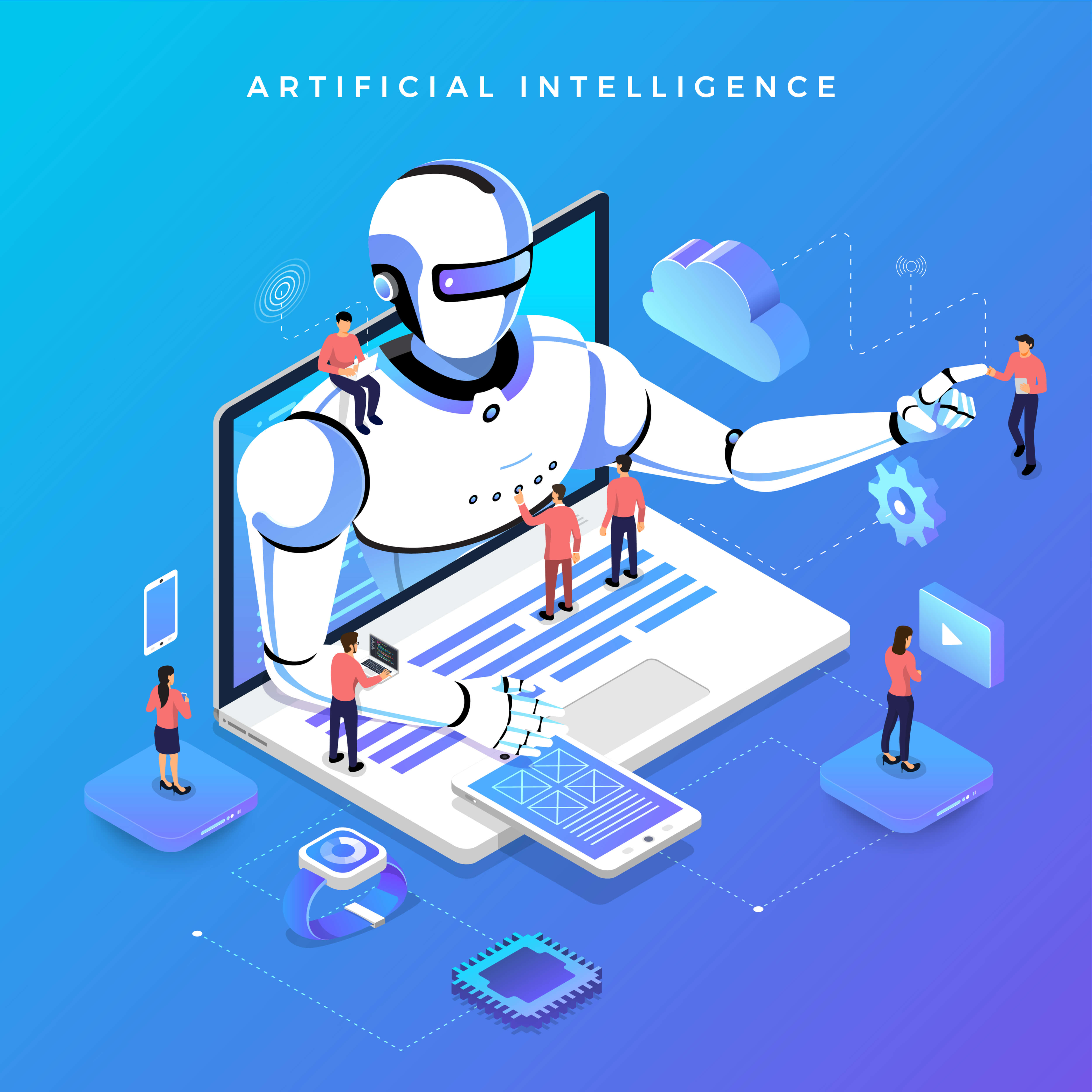
AI technologies can analyze huge amounts of data to understand customer intent and satisfaction. For example, businesses can leverage AI to collect and analyze hundreds of thousands of reviews to find out the real sources of consumer dissatisfaction and satisfaction.
Data can be analyzed on an ongoing basis using a technology platform with AI capabilities. Artificial intelligence enables marketers to bring together diverse and often disparate data, build models, identify patterns, and predict user engagement.
AI effectively replaces one-off dashboards, reports, and spreadsheets used to get a holistic view of customer behavior and identify the right consumer-centric marketing approaches.
AI-enabled marketing automation platforms integrate data from a variety of sources such as social media, landing pages, and call centers. Among the multiple functions that businesses can leverage are social listening, real-time behavior monitoring, segmentation, and crafting buyer personas, and navigating user experiences.

You can also expect that most platforms have lead capture capabilities for businesses to get to know their customers. You learn what industry they are in, where they live, what pain points they have, and how your product or service can help.
A common technique is to ask visitors to enter information such as their job title, zip code, and email address and offer a reward such as a discount code, promotional coupon, white paper, or downloadable e-book.
Additionally, automation platforms have lead scoring and management functionalities to separate hot from cold leads based on customer behavior and demographics. You can create drip and nurture campaigns and then look at the categories of prospects that filled out your contact form, watched a demo video, or downloaded an ebook. The software ranks your leads using demographic information such as company information, job title, and industry to help you identify your target segment.
Creating a Customer-Centric Strategy

Once you have collected data and dedicated customer segments, the next step is to craft targeted messages for each category. Based on geographic data, past visits, and preferences, you can create unique landing pages for the segment you are targeting. Make sure you offer service, product, and content recommendations that are tuned to the customer’s needs and individual requirements.
Change prices, promotions, and offers that customers see based on their propensity to purchase a particular product. Having analyzed customers’ purchase history and geospatial data, you can also send contextualized messages, offers, and promotions.
Customer-Centric Strategies on Every Step of the Buyer’s Journey
Depending on your niche, you can craft different strategies to enhance the customer experience at registration, onboarding, and during the first session.
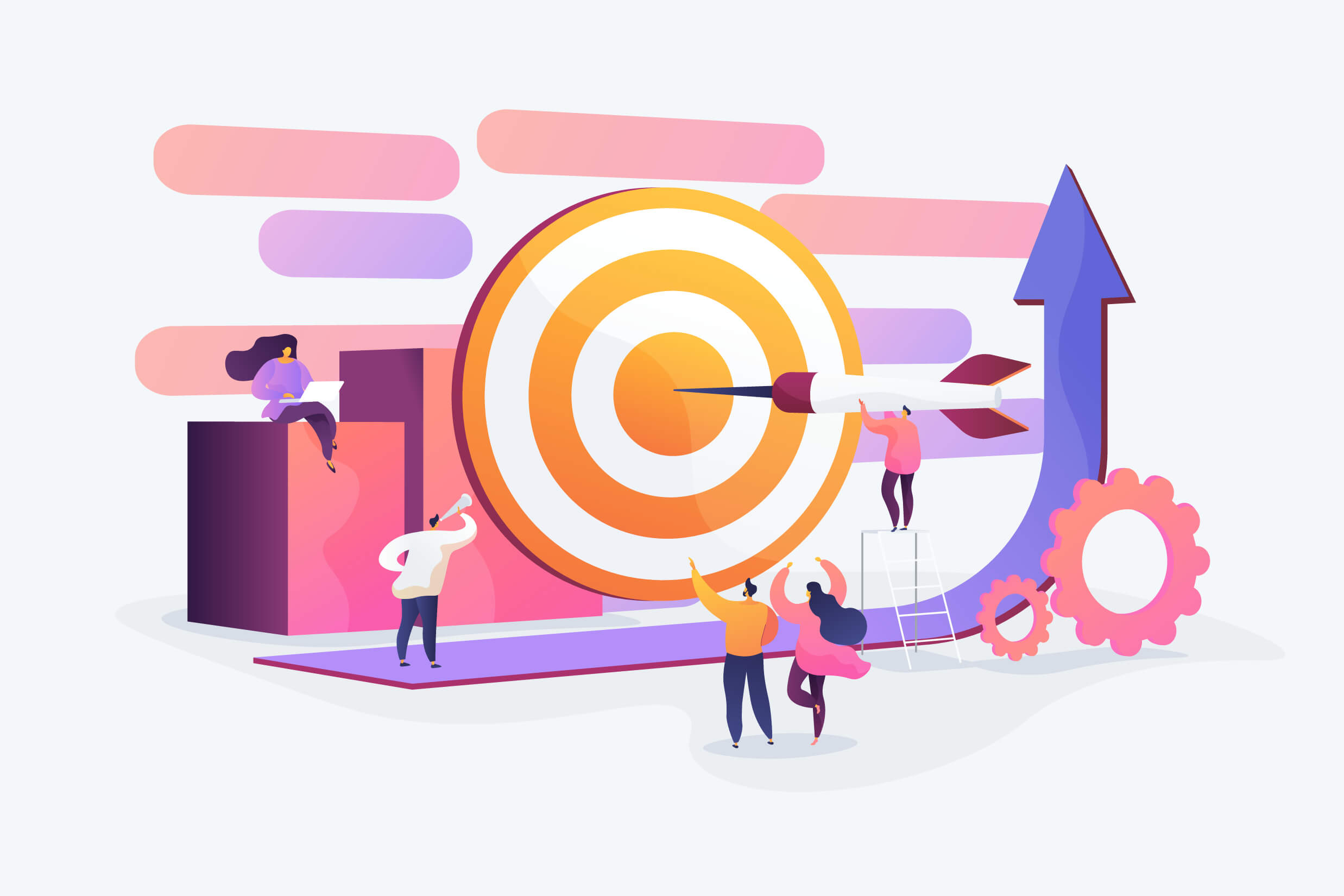
Registration
Let’s say you are offering templates that help improve workplace collaboration. During the first stage, you can offer customers to do things like choosing a plan, signing via their Google account, and confirming a free trial. They interact with different parts of the service, like your company email, free trial landing page, or free templates.
At this stage, it is important to find out what customers think and how they’re experiencing your product. What they like about it can be that they can connect their Google account, use free templates, or they don’t have to provide their credit card details to get a free trial. Depending on what customers think, you may want to recommend an additional product, offer extra credits, etc.
Onboarding
During the onboarding period, the customer can go through training, click on learn more or the help icon, and leave feedback for the training. Here touchpoints can be your help center materials, templates browser, account settings, or your training interface.
What customers like or dislike could be that the training materials are easy to follow, the training is too long or too short, or that there are too many pop-ups. At this point, there are plenty of ways to improve the customer experience like having a Net Promoter Score for the Help Center, reviewing the popups, and making the training longer or shorter.
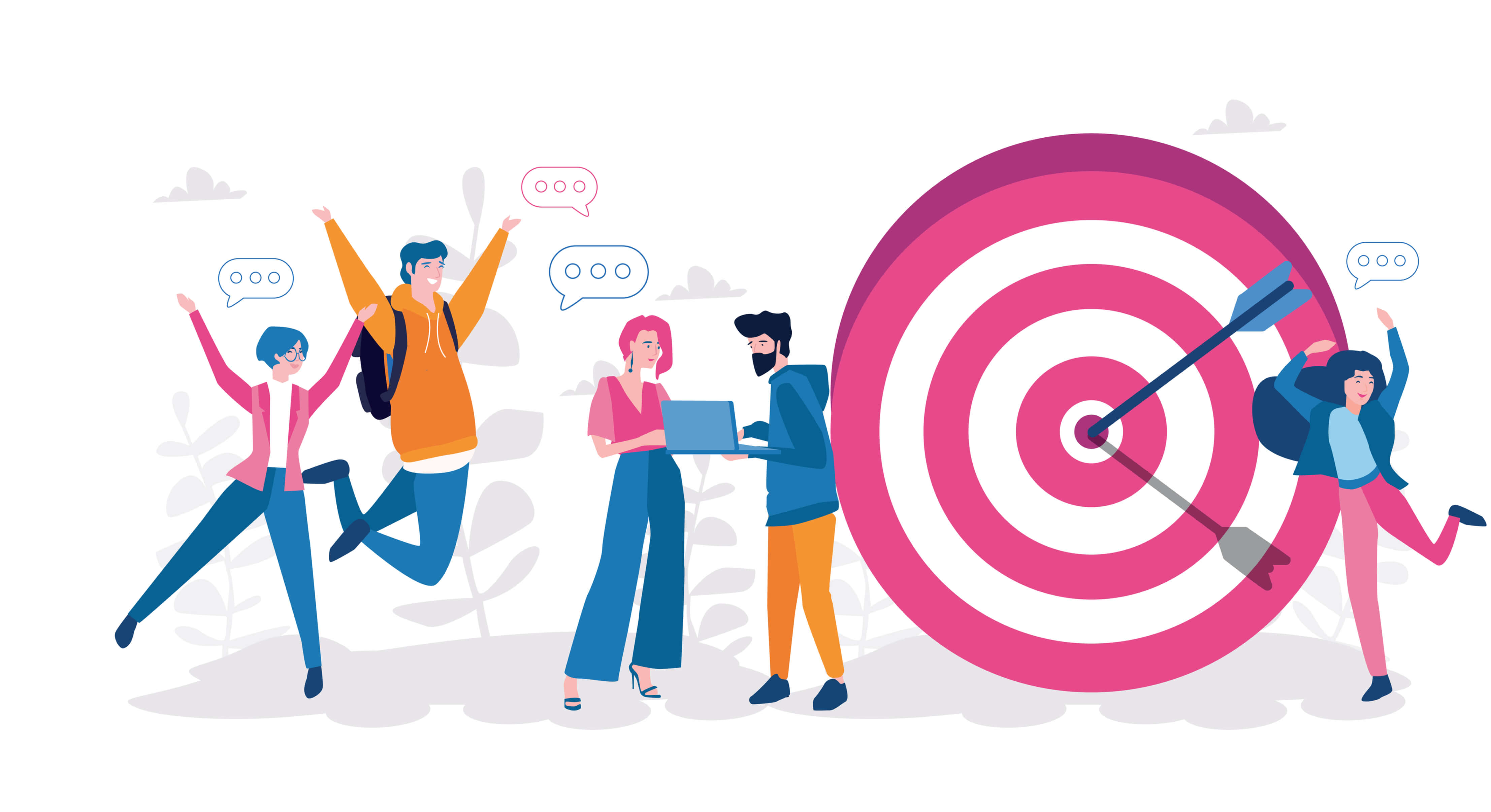
First Session
Finally, during the first session, visitors can do things like opening and editing documents, applying templates, etc. The touchpoints where customers interact with your service can be the templates browser, shared settings, or creating a new document.
What clients like about your product could be that there is a variety of templates to choose from, adding a team member is easy and straightforward or creating a document is easy and simple. At this stage, you can give extra credits for adding team members or offer a first document award.
Examples of Businesses Doing Customer-Centric Sales Right
Giants such as Spotify, Netflix, Starbucks, and Amazon have already embraced hyper-personalization as a way to offer relevant product recommendations.
Amazon

Amazon sends contextualized emails with product offerings based on view and purchase history, psychographics, and demographics. They collect data such as average spend amount, time of past purchases, browsing habits, average time spent on browsing, search query, and demographics.
By creating unique, customer-centric offerings, their product recommendation engine generates a 35% conversion rate. Amazon also uses customer data such as their shopping cart, wish list, and history of purchases to create a personalized homepage for each user.
Netflix

Netflix also uses customer viewing habits and past viewing history to offer ultra-contextualized content. Data collected also includes duration, preferred device, and movie information such as release year, actors, categories, genres, and titles.
To deliver relevant recommendations, Netflix tracks when subscribers fast forward, rewind, stop, and start movies. They also track the device, location, and time of day during which streaming occurs.
In addition to recommending content, Netflix uses viewing behavior to create audience profiles and new content. House of Cards, for example, is based on consumer data such as viewing history, ratings, actor and producer preferences.
Netflix’s strategy of analyzing customer preferences and viewing behavior has resulted in a steady subscriber growth and won three Emmy awards. This is why they used it for the Crown, a historical television series portraying the life and reign of Queen Elizabeth II, which received multiple nominations and awards.
Starbucks

Starbucks also leverages AI to process consumer data and send ultra-personalized messages and individualized offers. They use data that is willingly shared by customers through their loyalty program to anticipate the needs and buying behavior of consumers. Data collected includes past purchases, customer activity, and preferences, traffic, demographics, and geospatial and location data.
Analyzing each user’s unique preferences, the system sends users meaningful information and relevant offers like push notifications when they are close to a store or a complimentary drink on their birthday.
Spotify

With over 5 billion streams and more than 140 million active users, Spotify is clearly a leading music streaming service. Their Discover Weekly feature considers individual music choices and listening habits, the preferences of other users, playlists with more followers, and professionally curated playlists. Cross-analyzing data and matching it to individual taste profiles, Spotify creates an ultra-personalized playlist for each user.
B2C businesses have clearly shown what hyper-personalization can achieve when it comes to driving consumer engagement.
B2B businesses can easily copy this strategy and tailor their advertising, services, and products for maximum relevance.
Tip: Hundreds of growing businesses use Socialfix to leverage successful customer-centric strategies and showcase their products and services. Try us for a free consultation
Benefits of Hyper-Personalization
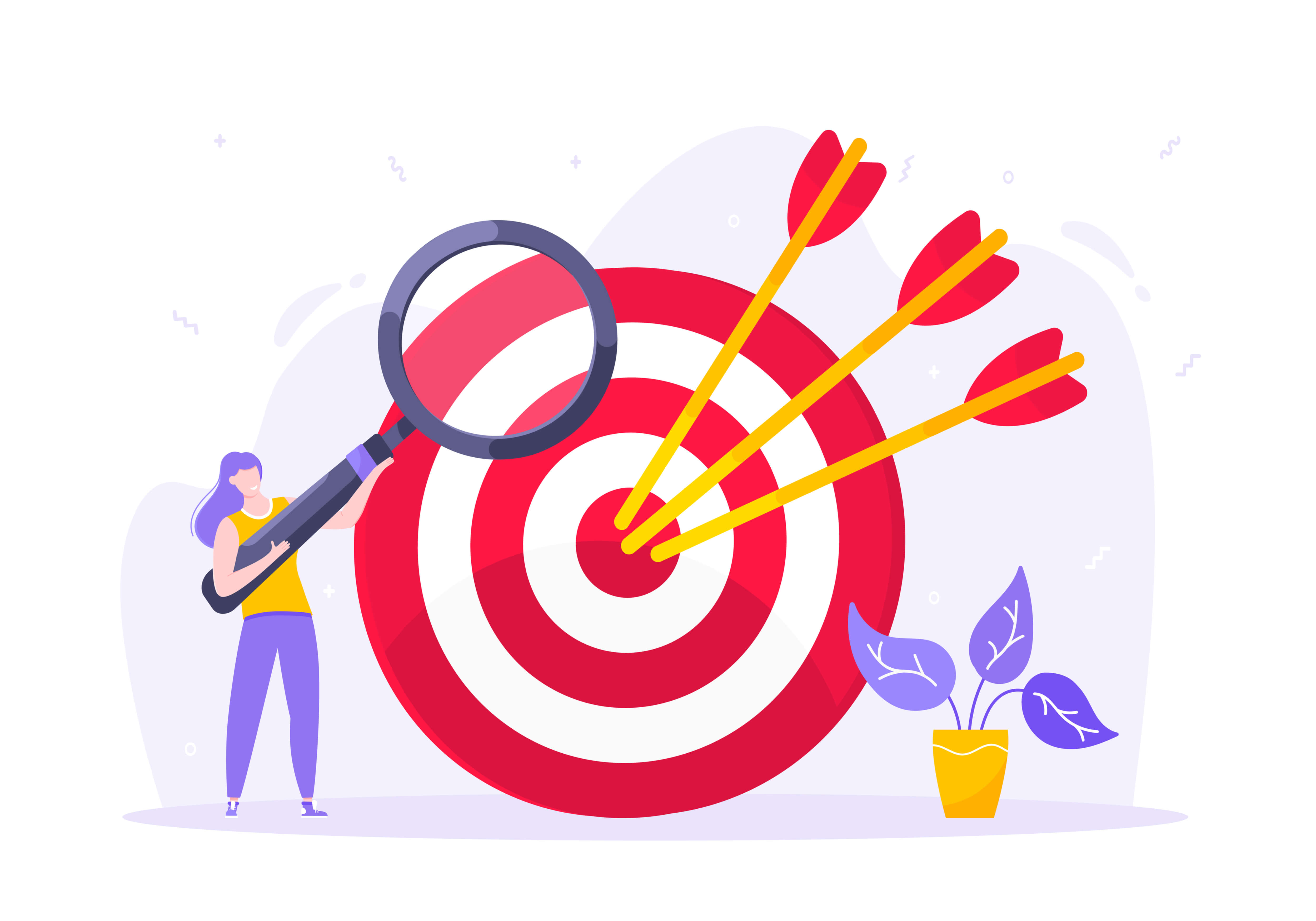
Real-Time vs. Delayed Market Data
Brands that deliver personalized experiences use real-time data such as device type, content interactions, and browsing behavior to display the most relevant offer at the right time.
AI-enabled platforms collect vast amounts of information. Among that is data on items rated and liked, items in a shopping cart, products purchased and liked by other customers. Using all this data allows brands to create customer profiles and deliver highly curated offers. They can tailor their services, products, marketing content, and assistance to match the requirements and needs of each consumer.
Customer-Centric Content Improves the Buying Experience
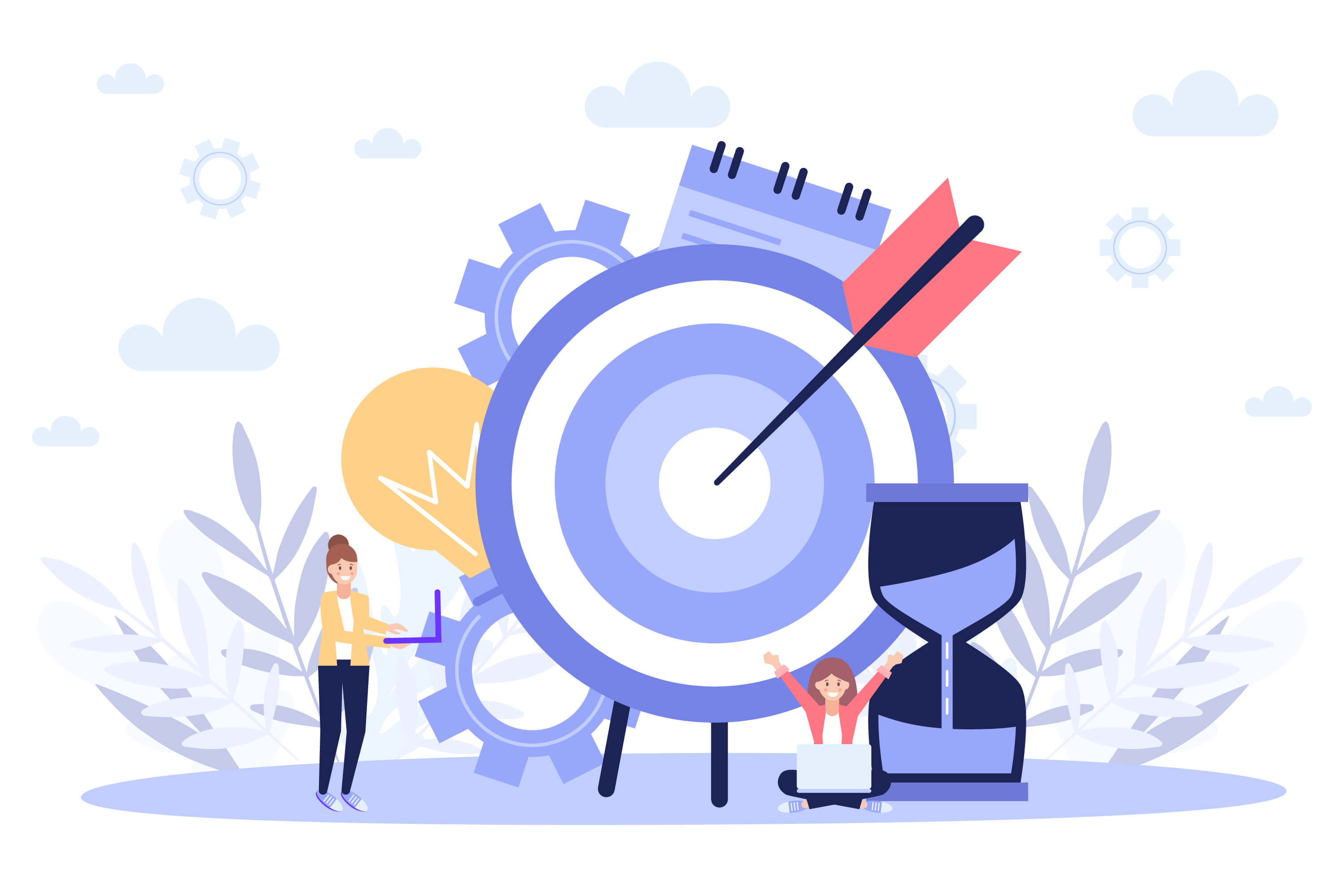
The more meaningful content there is, the less effort and time customers spend going through offers they are not interested in. Offering highly personalized content improves the customer experience and drives engagement.
In fact, a survey by Accenture found that 91 % of consumers prefer to shop with brands that provide personalized recommendations and offers.
The study also shows that shoppers are willing to share their personal data provided that brands are open and transparent about the way they use it.
According to the study, 83 % of consumers are open to sharing their personal information in exchange for personalized experiences. The majority of respondents or 73 % also shared that communicating with a brand never felt invasive or too personalized.
When it comes to good engagement tactics, the study shows that posting an apology message on a company website and sending an apology email for a poor online or in-store experience works.
Poor engagement tactics include mobile notifications and text when walking in proximity to a store. Social media ads based on customers’ browsing history also don’t seem to work.
Hyper-Personalization Encourages Impulse Buys
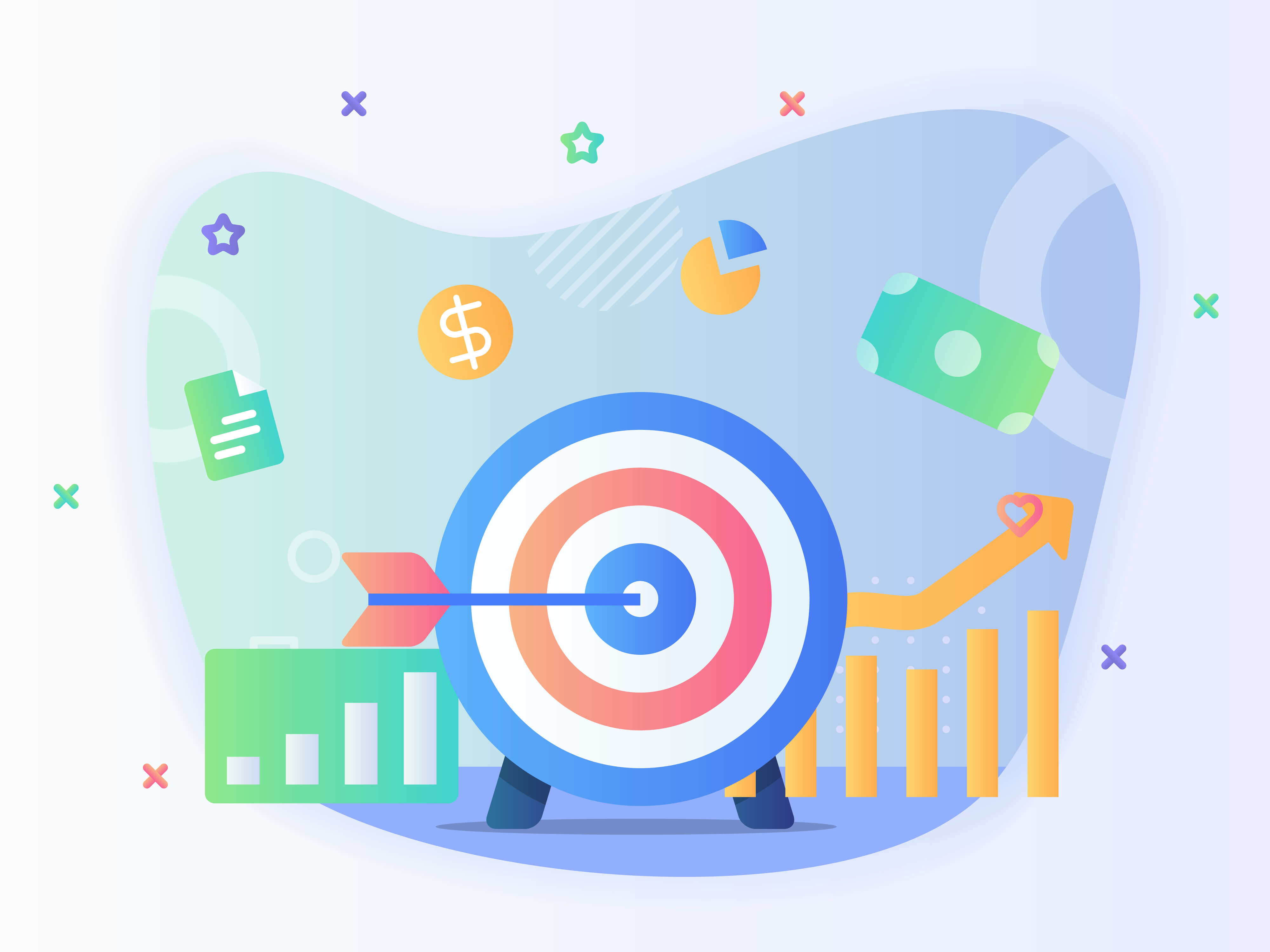
A report by Segment reveals that personalization not only encourages impulse buys but the majority of shoppers (85 %) are happy with their purchase.
Nearly half of respondents share they bought an item they did not initially plan to purchase after receiving a relevant recommendation or offer.
Some 40% of shoppers also admit to purchasing a more expensive item than they intended because they enjoyed the fact that the experience was personalized.
Customer-Centric Approaches Drive Client Loyalty
The Segment report also shows that personalization drives engagement and customer loyalty. Impersonal experiences, on the other hand, result in lost or disloyal customers.
81% of people report being frustrated after the service remained unchanged, even though their feedback was negative. 66% feel frustrated when they see an ad for a product they are not interested in. Most customers (76%) get annoyed when a brand gets its name wrong in communication. When businesses get information wrong, 23 % of customers unsubscribe from email. Another 20% share the experience with family or friends, and 37 % are less likely to make future purchases.
Customer-centric campaigns, on the other hand, make communication more meaningful for consumers and drive engagement. According to the report, 44 % of buyers who enjoy a personalized shopping experience are likely to become repeat customers. 39 % will share the positive experience with others. More than 1/5 of respondents (22 %) say they will post a positive comment on social media. 32 % will give positive feedback.
Why Are the Customer-Centric Tactics Important?
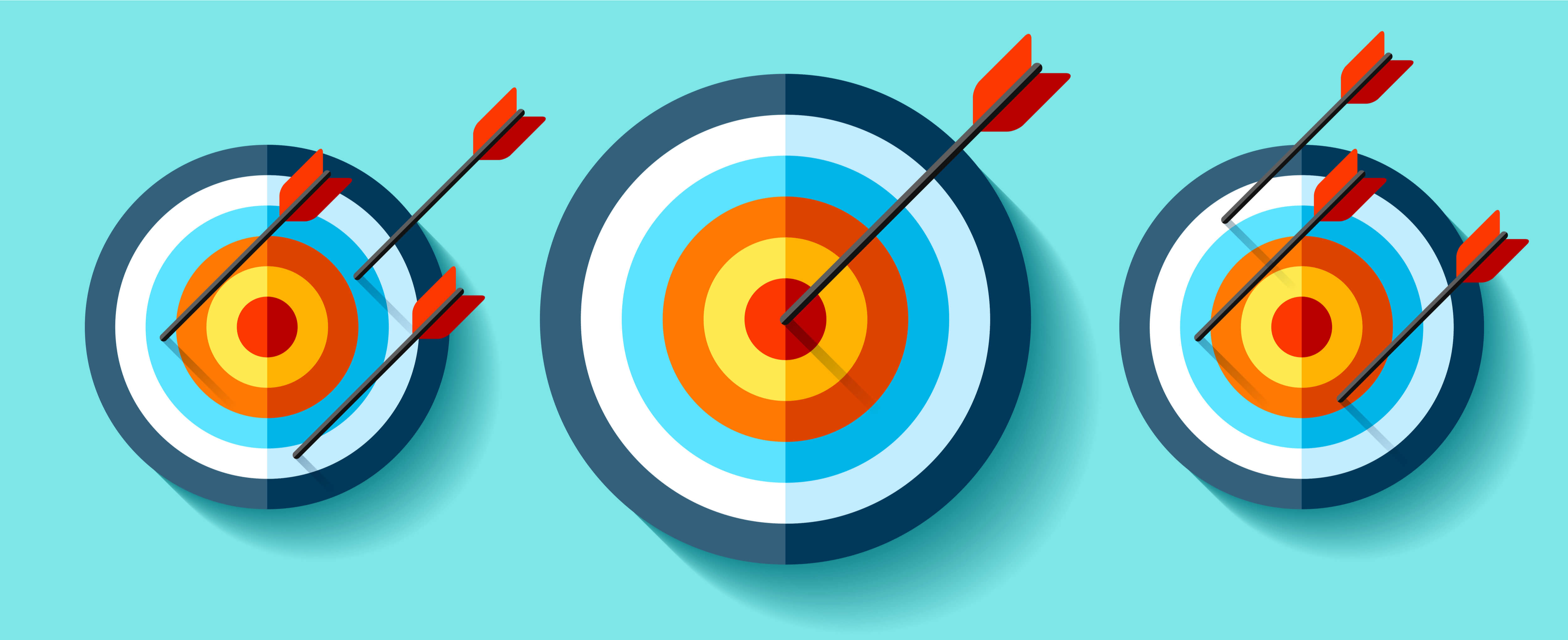
Hyper-personalization uses data from multiple touchpoints to deliver relevant suggestions. Until recently a business could promote Christmas decorations and supplies based on last season’s best-selling products. Now, however, that’s not a good strategy you need to be super focused on the changing needs of your customers. Taking this strategy a step further involves using a payment method, time and date, and location of the purchase.
According to a study by Miller Heiman Group, over 70%of B2B buyers have defined their needs before engaging with a seller. Moreover, nearly half of buyers also say they know what they’re looking for before engaging in sales.
Company websites and Internet searches are clearly the top means for B2B product search. Brands’ websites have significant potential to influence buying decisions. C-suite executives have been conditioned to expect more personalized treatment. That requires B2B marketers to replicate the level of personalization seen in face-to-face sales.
They should engage with customers at the right time and deliver what they want. Offering alternative solutions to solving a problem also generates positive marketing results.
Other strategies that have been proven to work are offering additional services or products for free. Price matching, and upselling only when a particular offer is relevant to the customer also yield good results.
That said, the best approach is always personal. C-level managers are consumers in their personal lives too. The key to winning their business is offering one-to-one digital experiences.
Final Words
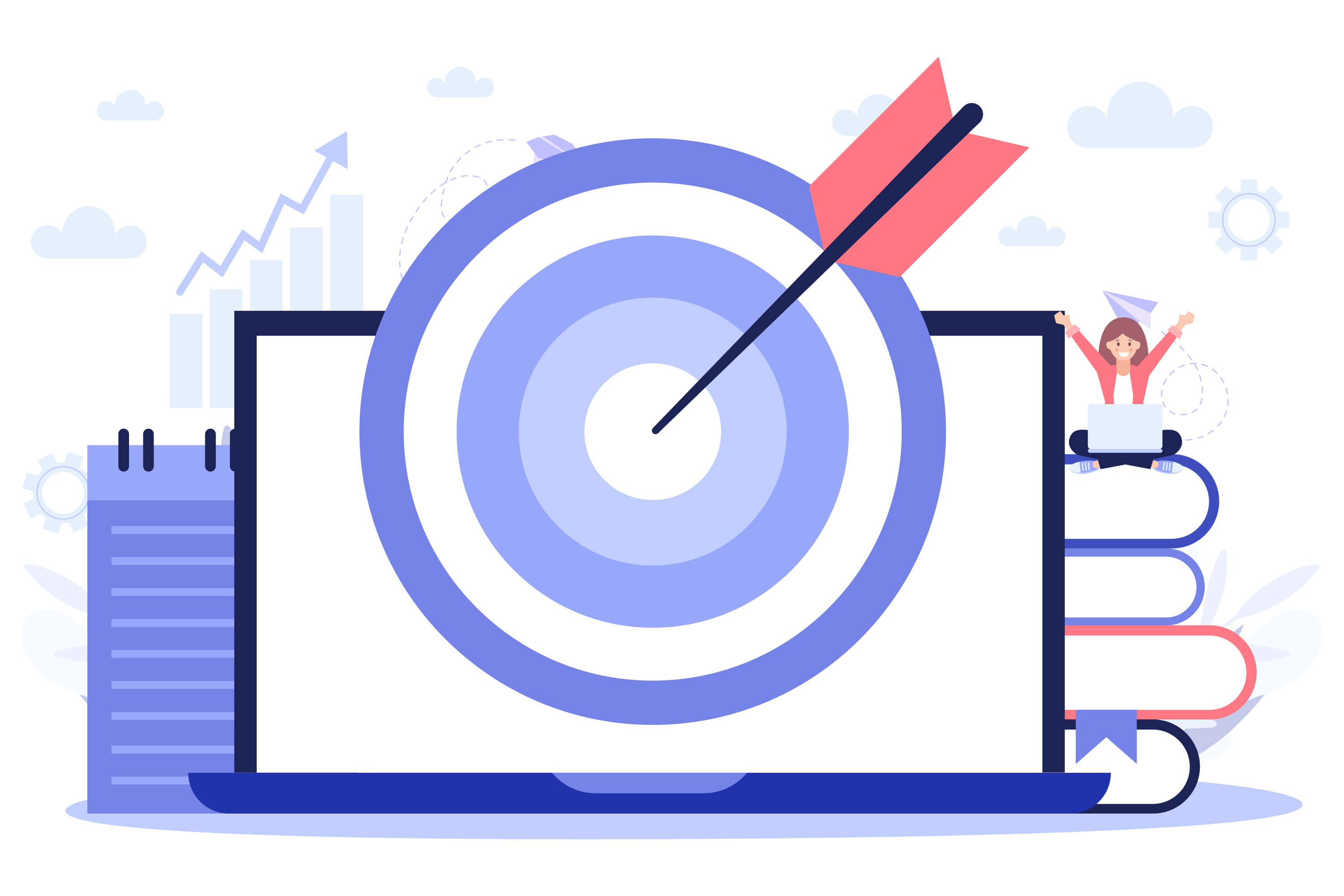
Traditional personalization techniques rely on data such as the customer’s name, email, and gender. People are more inclined to engage with brands when they address them personally, be it their gender or name.
Customer-focused techniques take experiences to a new level and help deliver more relevant service information, product offerings, and content. IoT, machine learning, and AI enable marketers to interpret customer needs and intentions with more precision. That helps business owners improve engagement and communication with the individual prospect.
Both B2C and B2B marketers can benefit immensely from hyper-personalization and deliver best-in-class experiences. Unlike B2C marketers, however, B2B marketers face additional challenges such as more decision-makers, niche products, and smaller lead pools. Consider all the issues your specific business has to overcome and focus your marketing and sales efforts on customer-centric techniques.


